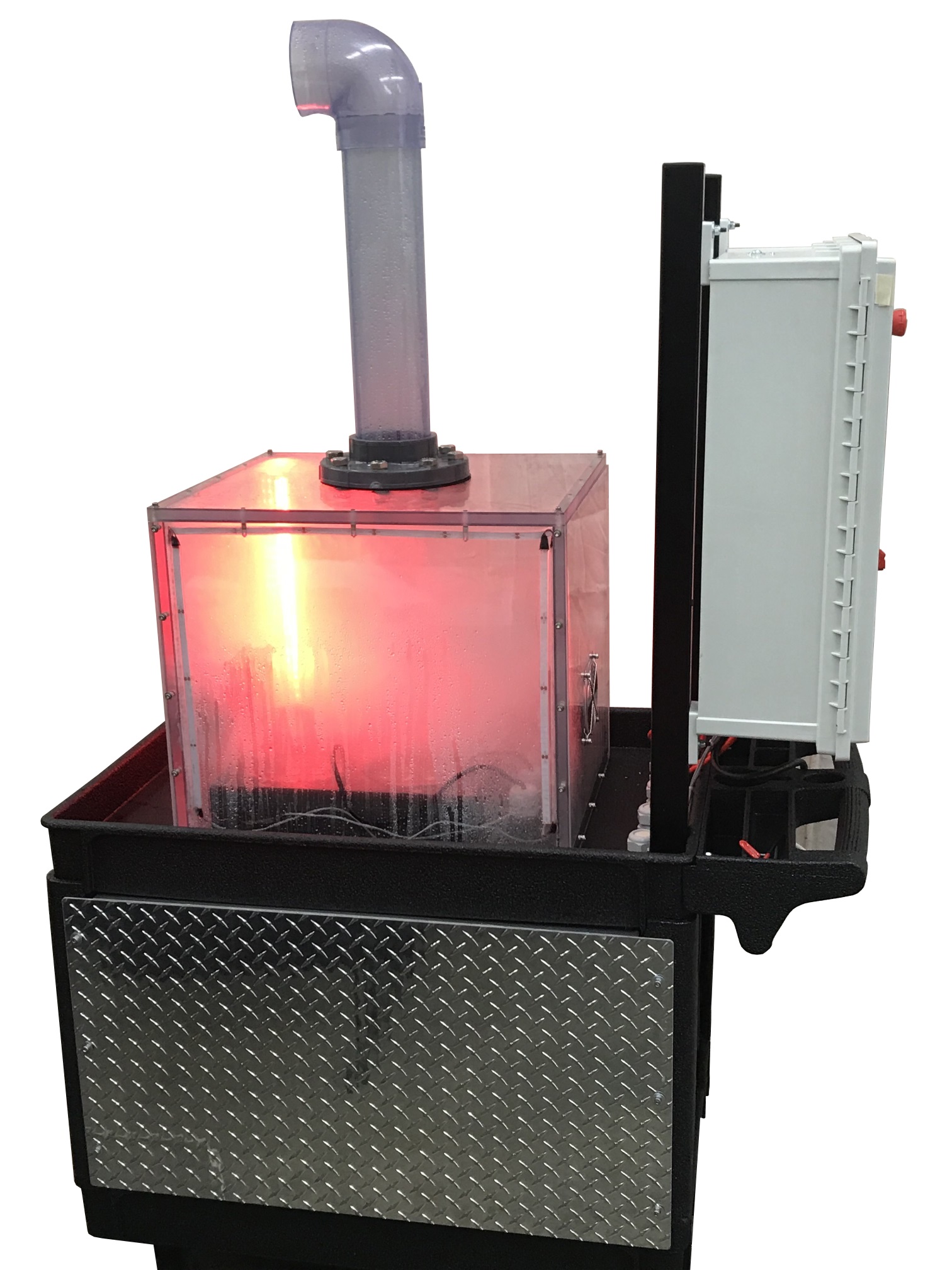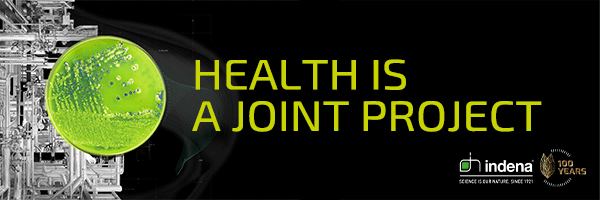Pharmaceuticals
Where does our legal cannabis come from? 13th March 2019
By John Shearman, Executive Director Marketing & Cannabis Business, Applied DNA Sciences
John Shearman, Executive Director Marketing & Cannabis Business, Applied DNA Sciences, explains how molecular technology

John Shearman, Executive Director Marketing & Cannabis Business, Applied DNA Sciences, explains how molecular technology is being used to provide visibility, transparency and traceability within the cannabis supply chain.
Although cannabis can provide important pain relief, many patients may be hesitant at first to use it because they associate it with psychoactive street drugs and they don’t know its source. However, legal medical marijuana sources are safe and highly controlled. For example, in New York State, the program has 10 licensed suppliers that are vertically integrated, meaning they are required to be the cultivator and processor, and to operate the dispensary. This allows the state to tightly monitor every aspect of the supply chain and control the quality of products. Facilities in New York use a state-required seed-to-sale system to monitor the flow of cannabis through barcodes on each plant. This is a great inventory management control system until harvest. After harvest, the plants are batched together and assigned another unique number that is used to track through transportation to dispensary.
There is a complementary overlay technology platform, called CertainT by Applied DNA Sciences, which uses molecular technology to fog the source plant at harvest and applies a unique indelible and invisible molecular tag to the exterior of the entire plant. Cultivators would be assigned a unique molecular signature representing their product. The molecular tag is applied at parts per billion, it’s non-GMO and it’s safe to consume. The delivery mechanism for the molecular tag fog is called a Cannabis Tagging System (CTS) Pod (pictured). This is a movable device that is strategically placed within a drying room or a designated fogging room. A control panel will reside exterior to the room to wirelessly control the pod unit(s). The control panel will be secured with authentication credentials that are recorded for each fogging session. All the data captured during the fogging process are sent to a secure cloud-based portal, which can be interfaced to seed-to-sales systems through APIs, its blockchain readily allowing a digital footprint of all transactions around the cannabis flower and its derivative products to be recorded in real time.

The beauty of this platform is that it also allows the addition of a tag directly to the processed products such as oils, isolates, butter and shatter (a cannabis concentrate that packs up to 80% cannabinoid content) so continuity is maintained from flower to extracted product. The molecular tag has been tested at various points in the extraction processes using ethanol and butane. The tag can be reintroduced into the crude, distillate or isolates. The oil infused with the tag was tested in baking of brownies in an oven at 325oF for 28 minutes and the tag was authenticated using a mobile PCR device.
Applied DNA Sciences uses PCR devices to amplify the tag to be able to detect the unique tag as it flows through the supply chain, allowing for outgoing and incoming inspection of the origin source materials. These authentication data are also captured in the same portal and can be shared with partnering systems.
According to several label and packaging companies in the industry, there is a large counterfeiting and diversion issue across markets. The same platform being used to tag the flower and by-products can also be used to add a unique molecular identifier to the varnish or ink that is used on packaging and labels in the cannabis industry. Applied DNA also offers a product called Beacon that is combined with the molecular tag that allows a quick optical read by activating a proprietary encrypted fluorophore that illuminates under a UV light source. Combining these two technologies allows for quick reads in the field and a forensic-level backstop through the molecular tag that can be used as evidence in a court of law if legal issues occur.
The global market for both medical and recreation cannabis will continue to grow and become legal across the globe. Just like other complex supply chains that supply us with everyday products, we want to know where these products are coming from and the materials that go into them. This will require a technology ecosystem and infrastructure to provide visibility to all within the supply chain and the end consumers. Trust, transparency and traceability will be key benefits provided by such an ecosystem and allow for fair and safe commerce across international borders.
John Shearman is Executive Director of Marketing & Cannabis Business Lead, Applied DNA Sciences, a provider of molecular technologies that enable supply chain security, anti-counterfeiting and anti-theft technology, product genotyping and pre-clinical nucleic acid-based therapeutic drug candidates. It provides innovative, molecular-based technology solutions and services that can help protect products, brands, entire supply chains, and intellectual property of companies, governments and consumers from theft, counterfeiting, fraud and diversion.


